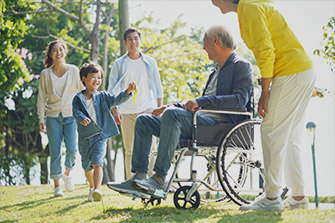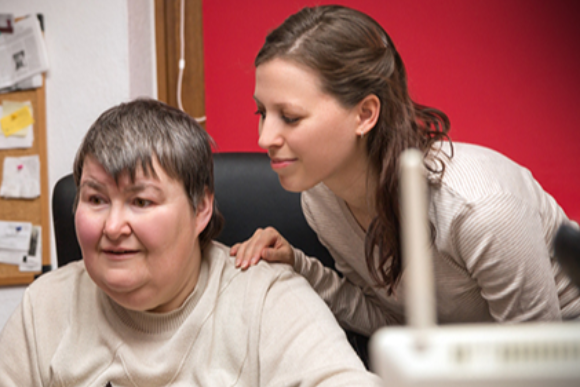Person and Family Centered Program Design


Once students have communicated their interests, strengths, personality and preferences to their families and transition teams, it is time to choose programs that will help the students reach their goals for work, more education, and living independently after high school. Students should have a choice of programs in school and in the community that match their goals, strengths, and interests. When programs don’t work for students, they should have the right to speak up to the transition team about what may need to change. Teams should consider:
- Have students been afforded the opportunity to tell their transition team about thesubjects, activities, or careers they are most interested in?
- Have students participated in any school programs that will help them prepare for their dream career, more education after high school or livingindependently? What were the experiences like?
- Have the students talked with their transition team about ways the programs could be improved to best match their strengths, goals, and needs?
What Does Person And Family Centered Program Design Include?
Transition stakeholders can assist students in making a person-centered program by...
- Providing classes and programs inside and outside of school that align with students’ future goals, personal strengths and interests, and family values
- Facilitate meetings with advocates and professionals outside of school to build relationships and networks with others who can help after high school
- Set up internships, job shadowing or work experiences that align with students’ goals and interests
- Provide students with options outside of school, such as hobbies and volunteering, to encourage community involvement

What Can Person And Family Centered Program Design Do For You?
When a transition team supports a family, a student will have...

Academic Options
Participating in programs in high school and after graduation that help build skills for future employment.

Employment Options
Getting involved in different types of work experiences before graduation so students may determine which experiences align with their work styles and preferences and help them explore strengths they might not have known they had before.

Living Options
Creating a plan that will help students define what “home” means to them by exploring various living options and knowing how to apply for them.

Self-Determination
Assisting students in learning about their strengths, needs, priorities and personality will allow them to continue to make choices where they will move towards their goals.

Resources
Join the learning community for person centered practices!
EXPLORE MORE

Latest Events
Check out the calendar for events that may interest you.
EXPLORE MORE
Want to learn more?
Explore this resource created by the National Center for Secondary Education and Transition
This parent-focused resource contains resources for implementing a youth-centered planning process.
SEE FAQS







